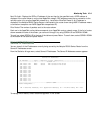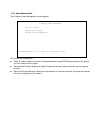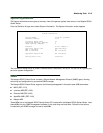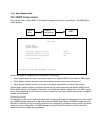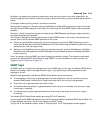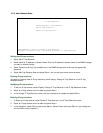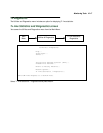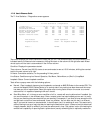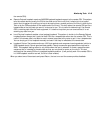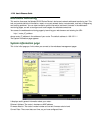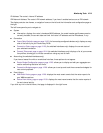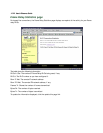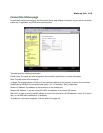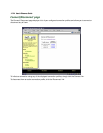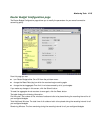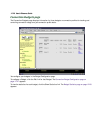Monitoring Tools 12-19
the remote CSU).
■ Remote Payload Loopback sends an ANSI BPM payload loopback request to the remote CSU. This pattern
tells the remote device (usually the CSU at the other end of the circuit) that it should go into a looped
state. Use this pattern for putting up a loop to do testing from a remote portion of the circuit, either by the
Telco or by the CPE equipment at the remote end of the circuit. This test makes the remote CSU go into a
looped state so that any data you send it is returned to you. This is useful for determining if the remote
CSU is receiving data from the local equipment. If it does not loop then you can conclude that it is not
receiving any data from you.
■ Local Payload Loopback enables a local payload loopback. This pattern is similar to the Remote Payload
Loopback pattern except that it puts the local CSU into a looped state rather than the remote CSU. This is
useful if the remote side is not able to send a remote loop code to the router to put it into a looped state.
You can simply put it into loopback manually and see if that loop is reflected at the remote side.
■ Loopback Pattern Test sends continuous 1200 byte packets and compares incoming packets (similar to
ISDN loopback tests). Counts good and bad packets. Twenty consecutive good packets are required to
PASS. The loopback testing screen is only visible when this test is selected. It sends a pseudo-random
sequence that is intended to simulate data so that you can check for errors on the circuit. This test
requires that the remote CSU be in a payload loopback condition. (It will partially work if the remote CSU is
in a LINE loopback condition as well, but this is less reliable.)
When you select one of these tests and press Return, the test runs and the screen provides feedback.



